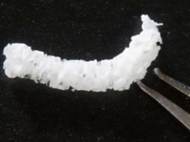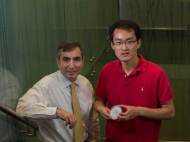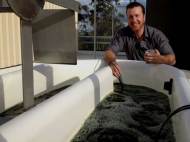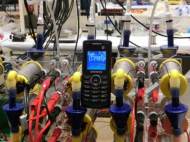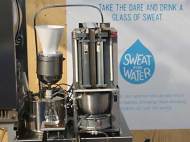Researchers found that certain patterns might be used to repel sharks
 Collaboration between world-leading shark researchers at the University of Western Australia (UWA) and researchers at biotechnology company Shark Attack Mitigation Systems (SAMS) resulted in development of wetsuits designed to either confuse sharks or make surfers and divers invisible to them. In order to create wetsuits that may decrease life-threatening attacks on humans, researchers have used… »
Collaboration between world-leading shark researchers at the University of Western Australia (UWA) and researchers at biotechnology company Shark Attack Mitigation Systems (SAMS) resulted in development of wetsuits designed to either confuse sharks or make surfers and divers invisible to them. In order to create wetsuits that may decrease life-threatening attacks on humans, researchers have used… »

